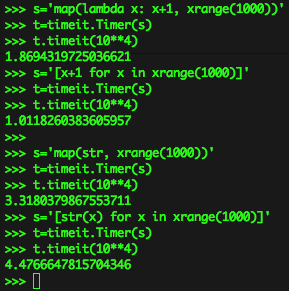Once again it’s the college recruiting season of the year and tech companies started the interview process for full time and internship positions. I had many interviews last year these days for a summer internship. Eventually I was an intern at Microsoft Bing, and will be joining there full time next summer. I won’t have any interviews this year, but since most of my friends are actively preparing for them nowadays, I thought it would be useful to share some good quality interview questions and provide my solutions. I come across this particular question pretty often recently: Given an integer array, output all pairs that sum up to a specific value k.

